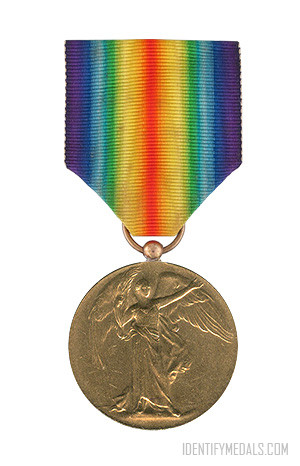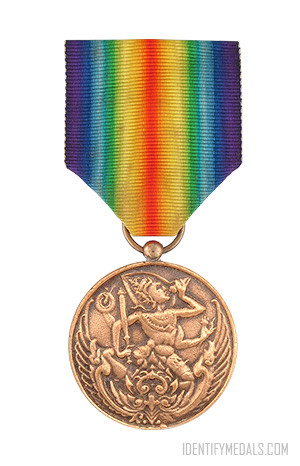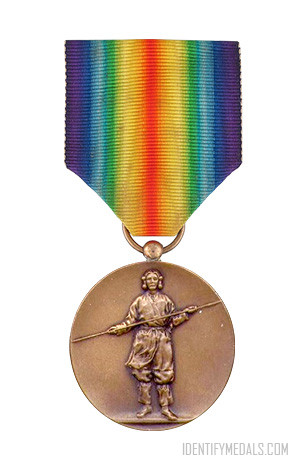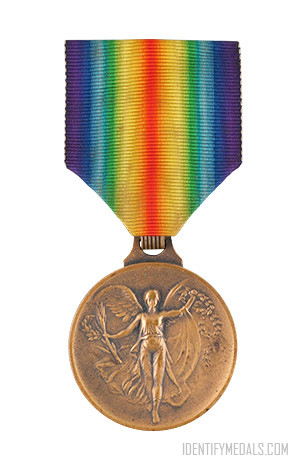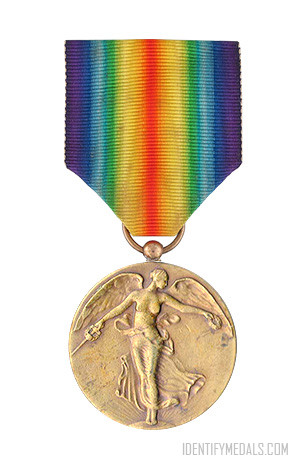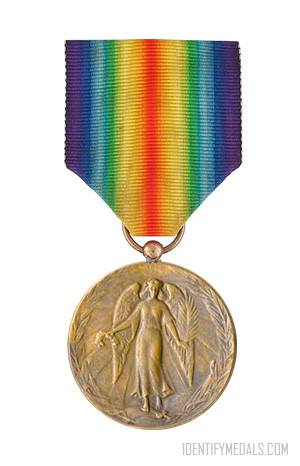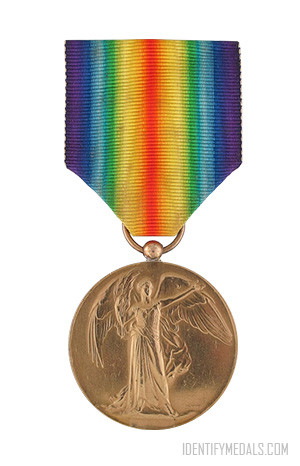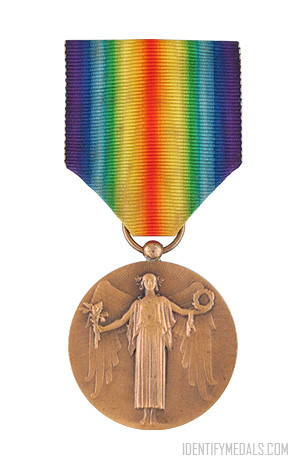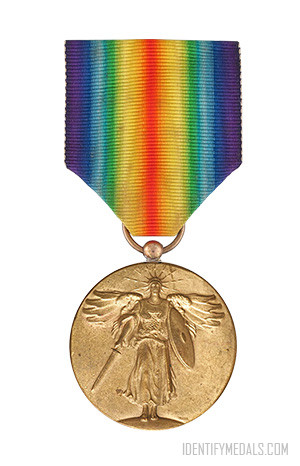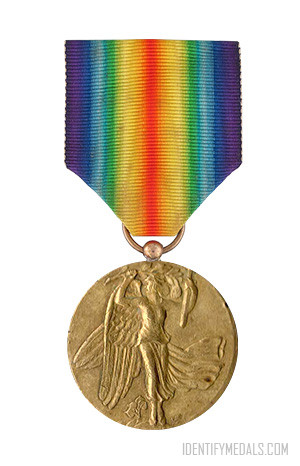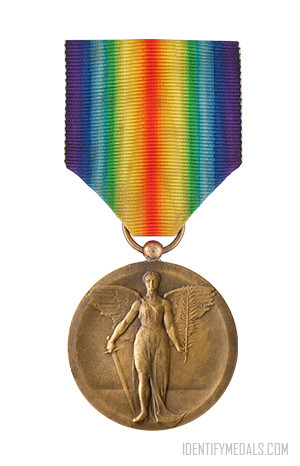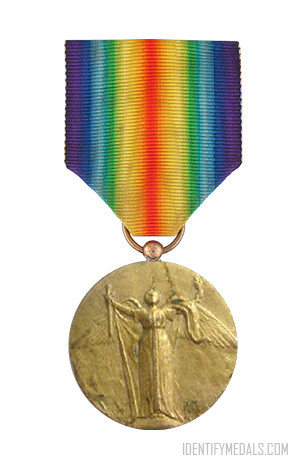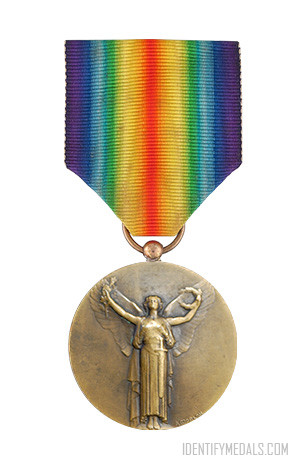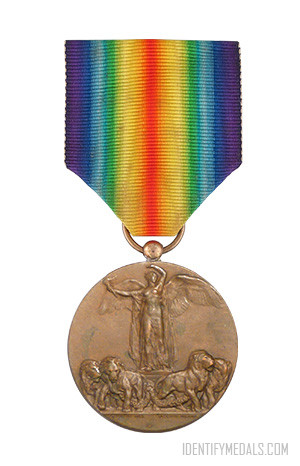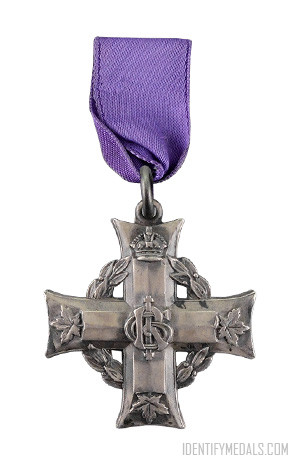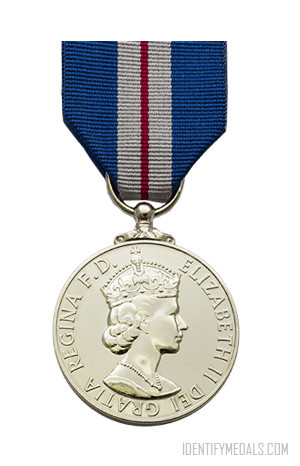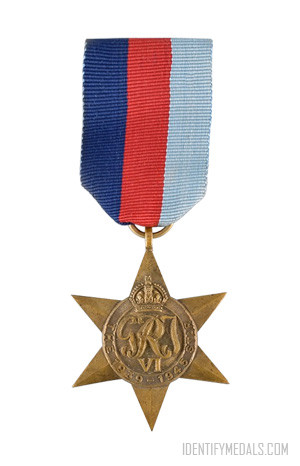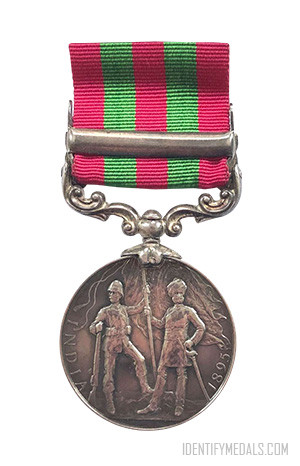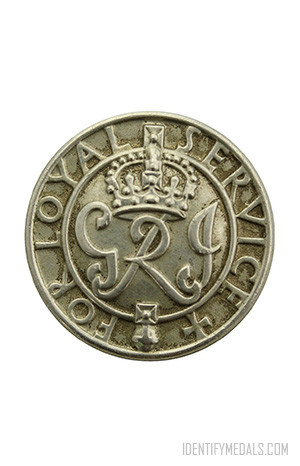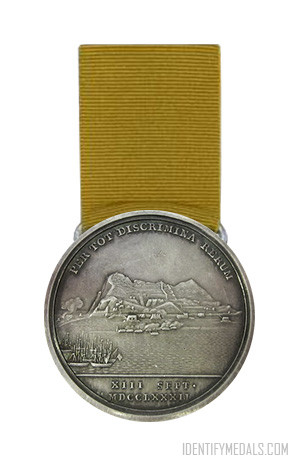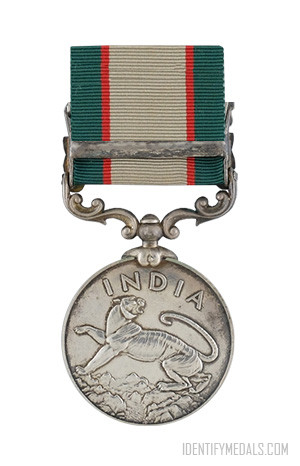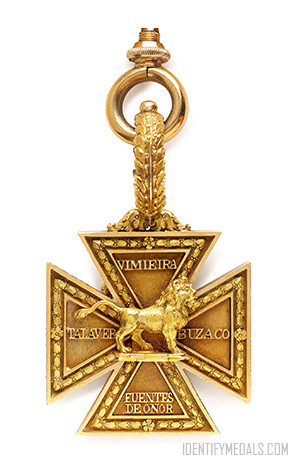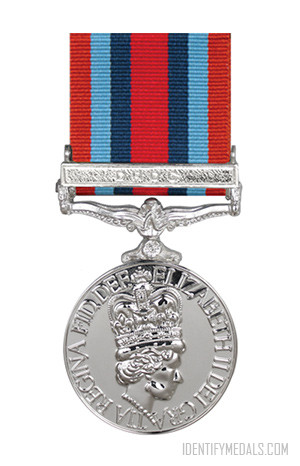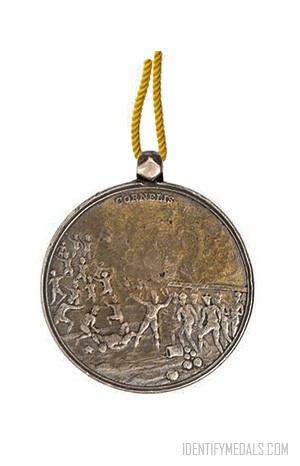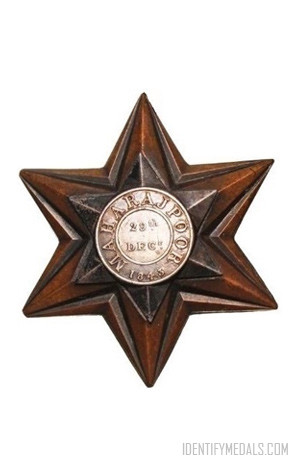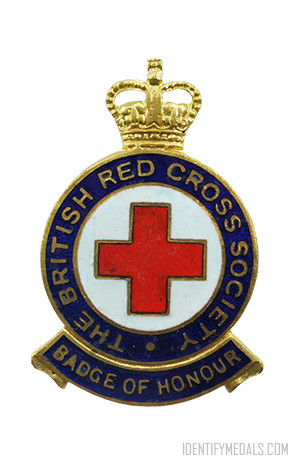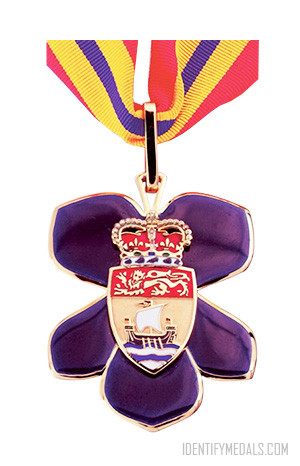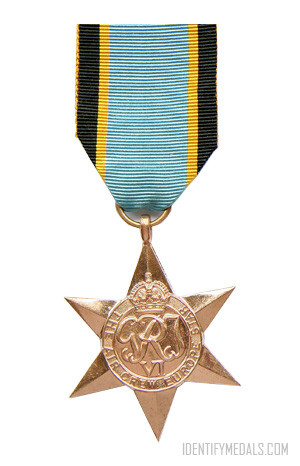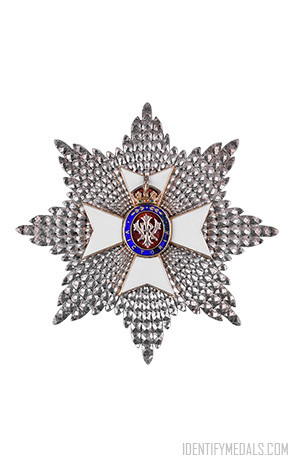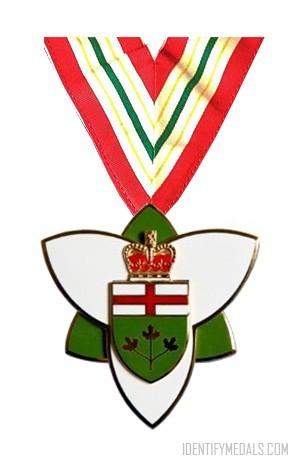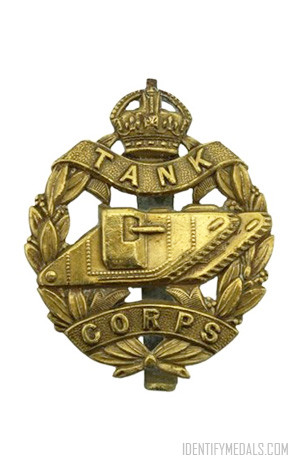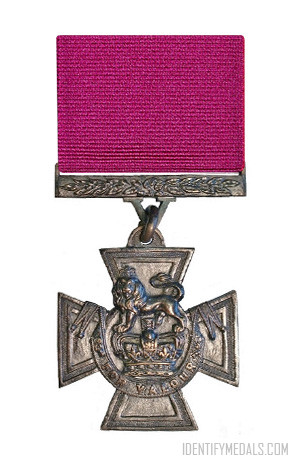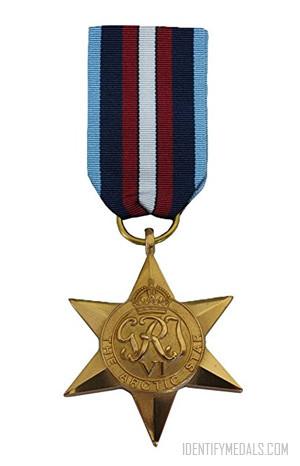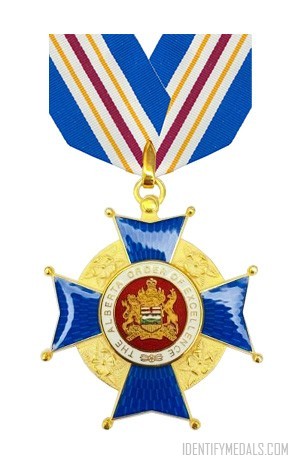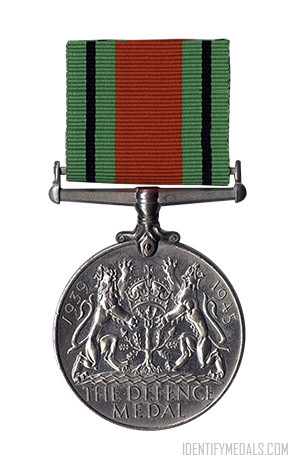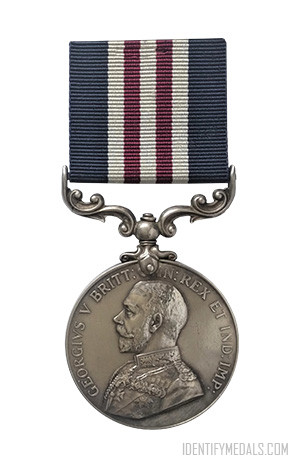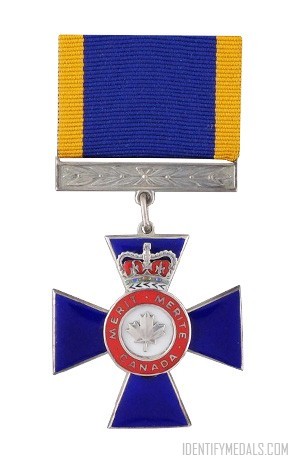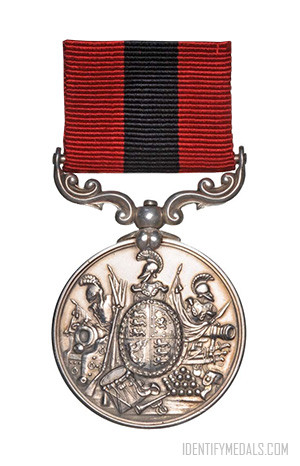- Time Period: The Great War
- Year of Institution: c. 1918
- Country: Great Britain, Australia
The Victory Medal (also known as Inter-Allied Victory Medal) is a United Kingdom and British Empire First World War campaign medal. The medal was not awarded single, but to all those who received the 1914 Star or the 1914–15 Star, and to most of those who were awarded the British War Medal.
The three First World War medals, either one of the 1914 Star or the 1914-15 Star, the British War Medal and the Victory Medal, were collectively irreverently referred to as Pip, Squeak and Wilfred, after three comic strip characters, a dog, a penguin and a rabbit, which were popular in the immediate post-war era.
Recipients had to be mobilized for war service in the United Kingdom or the British Empire, in any service, and to have entered a theatre of war between 5 August 1914 and 11 November 1918 to qualify for the Victory Medal. Women qualified for service in nursing homes and other auxiliary forces. It was also awarded to members of the British Naval mission to Russia 1919 – 1920, and for mine clearance in the North Sea between 11 November 1918 and 30 November 1919.
The Victory Medal issued within the British Empire was a result of an international agreement at the Inter-allied Peace Conference preceding the Treaty of Versailles. Some 6,334,522+ medals were awarded in Great Britain.
All the Inter-Allied Victory Medal Design
The Victory Medal measures 36 millimeters (1.4 in) in diameter and was designed by William McMillan. The design and ribbon was also adopted by Belgium, Brazil, Cuba, Czechoslovakia, France, Greece, Italy, Japan, Portugal, Romania, Siam, Union of South Africa and the USA. Each allied nation would design a ‘Victory Medal’ for award to their own nationals, all issues having certain common features, including a winged figure of victory on the obverse and the same ribbon.
The obverse of the medal shows the winged, full-length, full-front, figure of ‘Victory‘ with her left arm extended and holding a palm branch in her right hand. The reverse shows the words ‘THE GREAT / WAR FOR / CIVILISATION / 1914-1919‘ surrounded by a laurel wreath.
The 39 millimeters (1.5 in) wide watered ribbon has an iridescent color scheme, with the violet moving through to a central red stripe where both schemes meet. It attaches to the medal through a ring suspender. The recipient’s name, rank, service number and unit were impressed on the edge of the medal. The name of the regiment or corps was omitted on medals awarded to Army officers.
All the Inter-Allied Victory Medal Variations
Each country involved in World War I had its own design and criteria for awarding the medal. These variations in design and inscription reflect the unique traditions and cultural aspects of each nation.
Related Medals
The ‘Pip’, ‘Squeak’, and ‘Wilfred’ medals were British military decorations established during World War I. The Pip Squeak was the 1914 Star, the Wilfred was the British War Medal, and the Pip was the Victory Medal.
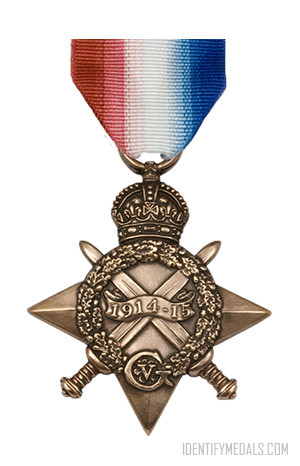
The 1914-15 Star
The 1914–15 Star is a British Empire campaign medal awarded to officers and men of British and Imperial forces during the First World War.
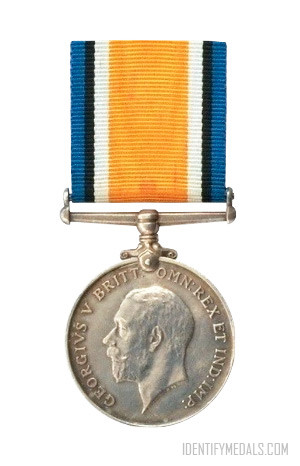
The 1914-1920 British War Medal
The 1914-1920 British War Medal (also known as ‘Squeak’) is a British Empire campaign medal presented for service during World War I.
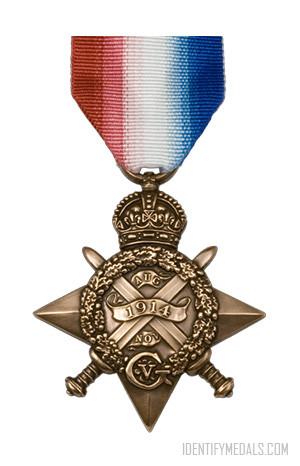
The 1914 Star
The 1914 Star, ‘Mons’ Star or ‘Pip’ is a British Empire campaign medal instituted in 1917 and presented for service during World War I.
Buy an Inter-Allied Victory Medal
Note: As an eBay partner, I earn from qualifying purchases. This is all done automatically when you use a link and at no extra cost to you.

